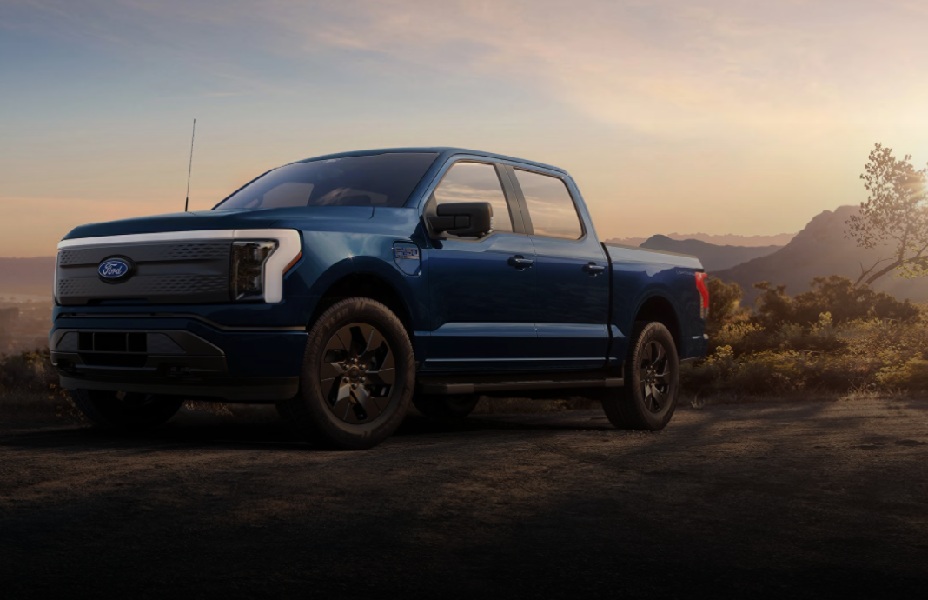What is the Car Clutch in Automatic Transmission Vehicles?
Automatic transmission vehicles have become increasingly popular due to their ease of use and smooth driving experience. Unlike manual transmissions, which require the driver to manually engage and disengage the clutch, automatic transmissions handle this process seamlessly. Components of an Automatic Transmission Before delving into the clutch mechanism, it’s essential to understand the key components … Continued
Automatic transmission vehicles have become increasingly popular due to their ease of use and smooth driving experience. Unlike manual transmissions, which require the driver to manually engage and disengage the clutch, automatic transmissions handle this process seamlessly.

Components of an Automatic Transmission
Before delving into the clutch mechanism, it’s essential to understand the key components of an automatic transmission system:
- Torque Converter: This is the primary component that replaces the manual clutch. It connects the engine to the transmission and allows the engine to spin somewhat independently of the transmission.
- Planetary Gear Set: This complex gear system provides different gear ratios, allowing the vehicle to change speeds and torque.
- Hydraulic System: Uses transmission fluid to control the clutches and bands that engage and disengage the gears.
- Electronic Control Unit (ECU): This computer system manages the operation of the transmission, ensuring optimal performance and efficiency.
The Role of the Torque Converter
In automatic transmission vehicles, the torque converter takes on the role of the clutch found in manual transmissions. A fluid coupling connects the engine to the transmission, allowing the engine to continue running while the vehicle is stationary. The torque converter consists of three main components:
- Pump: Attached to the engine, it spins with the engine’s crankshaft, pushing transmission fluid into the turbine.
- Turbine: Connected to the transmission, it receives the fluid from the pump, causing it to spin and transfer power to the transmission.
- Stator: Located between the pump and turbine, it redirects the fluid returning from the turbine to improve efficiency.
How the Torque Converter Works
- Idle State: When the vehicle is idling, the engine spins the pump, but the turbine remains mostly stationary due to the low fluid pressure, allowing the engine to run without moving the vehicle.
- Acceleration: As the driver presses the accelerator, the engine speed increases, causing the pump to spin faster and increasing the fluid pressure. This, in turn, spins the turbine and engages the transmission.
- Lock-Up Clutch: At higher speeds, a lock-up clutch within the torque converter engages, creating a direct connection between the engine and transmission, improving fuel efficiency by reducing slippage.
Clutches and Bands in Automatic Transmissions
In addition to the torque converter, automatic transmissions use multiple clutches and bands to control the planetary gear sets. These components work together to engage and disengage different gears, allowing the vehicle to change speeds smoothly.
Types of Clutches
- Multi-Plate Clutch: Consists of multiple friction plates and steel plates stacked alternately. When engaged, these plates are pressed together, transmitting power to the gear set.
- One-Way Clutch: Allows rotation in one direction only, preventing the gear from spinning backward.
Operation of Clutches and Bands
- Engagement: When a gear change is required, the hydraulic system sends pressurized fluid to the appropriate clutch or band. This pressure causes the clutch plates to press together or the band to tighten around a drum, engaging the gear.
- Disengagement: The hydraulic pressure is released to disengage a gear, allowing the clutch plates to separate or the band to loosen.
The Role of the Electronic Control Unit (ECU)
The ECU is crucial for operating the automatic transmission. It receives input from various sensors, such as vehicle speed, engine load, and throttle position, to determine the optimal timing for gear changes. The ECU then signals the hydraulic system to engage or disengage the appropriate clutches and bands.
Adaptive Learning
Modern automatic transmissions have adaptive learning capabilities. The ECU can adjust the transmission’s operation based on the driver’s behavior and driving conditions. For example, if a driver frequently accelerates aggressively, the ECU may adjust the shift points to provide a sportier driving experience.
Advantages of Automatic Transmissions
Automatic transmissions offer several advantages over manual transmissions, making them a popular choice among drivers:
- Ease of Use: Automatic transmissions eliminate the need for manual clutch operation, making them more accessible for drivers of all skill levels.
- Smooth Shifting: The seamless gear changes provided by automatic transmissions result in a smoother driving experience.
- Traffic Convenience: In stop-and-go traffic, automatic transmissions reduce driver fatigue by eliminating the need for constant clutch engagement.
- Fuel Efficiency: Modern automatic transmissions, especially those with lock-up clutches and adaptive learning, can offer fuel efficiency comparable to manual transmissions.
Enhance Your Driving Experience
The clutch system in automatic transmission vehicles is a sophisticated combination of components that provide a smooth and efficient driving experience. By understanding the role of the torque converter, clutches, and the electronic control unit, drivers can appreciate the complexity and engineering behind their vehicle’s transmission system. As technology advances, automatic transmissions will likely become even more efficient and refined, further enhancing the driving experience.


